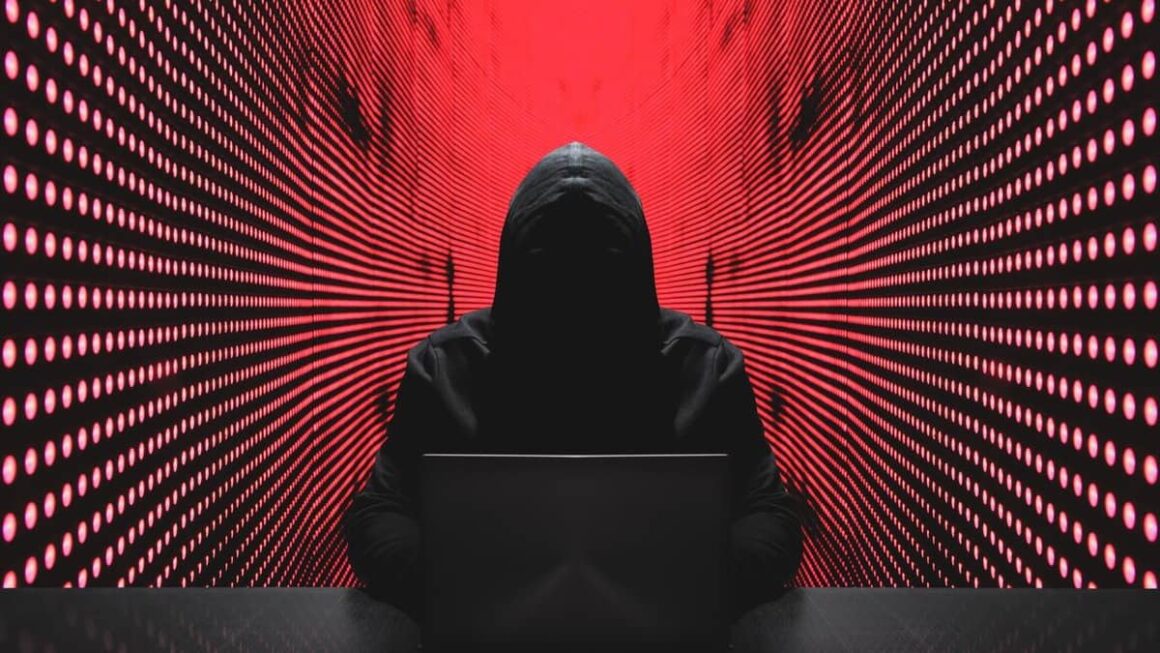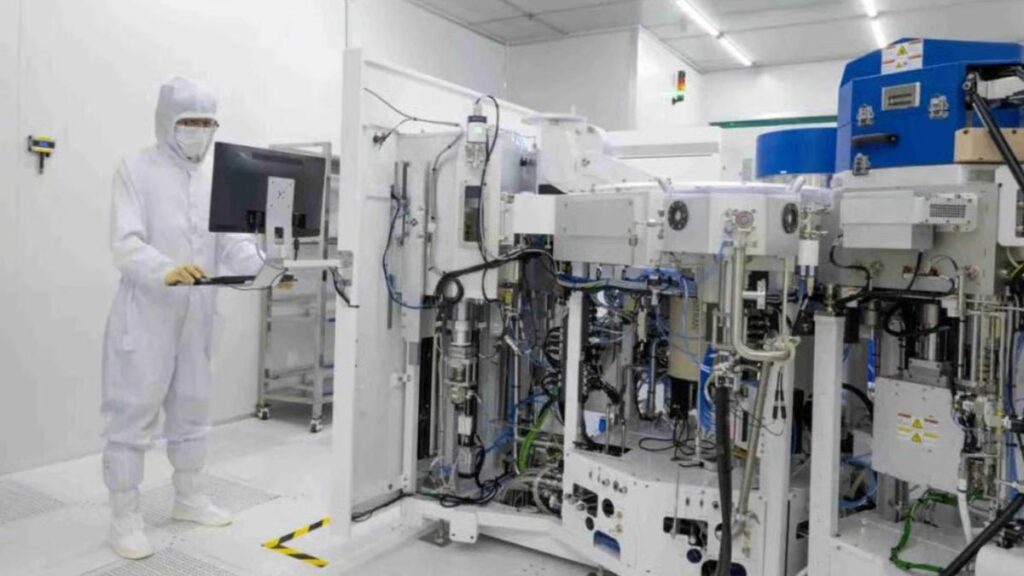Installing a home security camera is easier and more affordable than ever, but putting it in the wrong place can lead to serious problems—from legal trouble to poor performance.
Here are seven places you should avoid when installing your security cams.
1. Areas With an Expectation of Privacy
Never place cameras in private spaces like bathrooms or bedrooms, even inside your own home. This can violate privacy laws and create trust issues with guests or housemates. If you absolutely must monitor such an area (like in a shared rental), make the camera clearly visible and inform everyone it’s there.
2. Directly Facing a Neighbor’s Property
Pointing your camera at a neighbor’s windows, backyard, or inside their home can lead to legal action. Even if it’s accidental, the appearance of spying is enough to create tension. Use your camera’s privacy zone features to block out neighboring areas from the view.
3. Hard-to-See or Hidden Spots
You might think hiding a camera in blind spots will catch intruders—but it often misses the action. Most break-ins happen through obvious spots like the front door or first-floor windows. Focus on visible, accessible entry points to get better coverage and deter break-ins.
4. Behind Obstructions
Don’t place your camera where plants, furniture, doors, or pets can block the view. Indoor cams should be placed where they won’t be bumped or knocked over by kids or pets. Outdoor cams need clear sightlines not blocked by growing trees or changing weather.
5. Through a Window
Using an indoor camera to look outside through a window may seem smart, but reflections, glare, dust, and limited angles make this setup unreliable. Motion sensors also won’t work properly through glass. Outdoor-rated cameras are worth the investment for proper coverage.
6. Facing the Sky
Cameras pointed too high risk capturing too much sky and sunlight, which can wash out your footage or even damage the lens over time. Always angle your cam downward toward the area you want to monitor and try to mount it in shaded or covered spots.
7. Near Vents, Heaters, or Exhausts
Heat from vents, fireplaces, or dryer exhausts can damage your camera, especially battery-powered ones. It can also degrade adhesives or mount strength, causing cams to fall. Avoid high-heat areas to preserve your camera’s performance and lifespan.
Bonus Tip: Camera Height
Most cams perform well when mounted at eye-level or slightly above. Ensure it’s easy to reach for battery changes unless it’s solar-powered. For video doorbells, install them about 4 feet from the ground for the best face-level view.
Source: cnet.com





